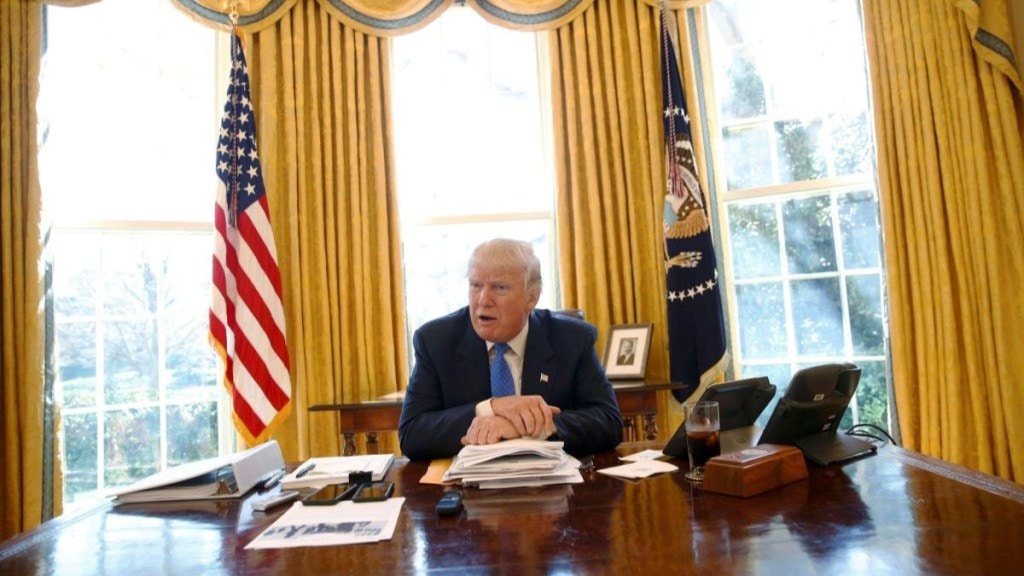The much-expected India-US bilateral trade agreement is “very close,” the US treasury Secretary Scott Bessent said on Tuesday, even as a visiting Indian team of negotiators remained engaged with their US counterparts in Washington for hammering out an interim deal for the sixth straight day.
White House press secretary Karoline Leavitt aid the agreement is being finalised and “you will hear from the President and his trade team very soon when it comes to India”.
The Indian team led by chief negotiator, special secretary Rajesh Agrawal had gone to US for the final lap of negotiations that were to last two days. Officials here said the team might stay in Washington even longer if required.
A deal will help India avoid extra levy imposed by the Trump administration rising sharply next week, while an additional base-line tariff of 10% that was imposed by the Trump administration for almost all of its trading partners could still stay for India too. “We are very close with India,” Bessent told Fox News in response to a question about progress on trade negotiations.
India is pushing for greater access to the labour intensive exports and ensuring that any deal on the agriculture sector has sufficient safeguards for the farmers in India. However, any tariff cuts for India by the US can be implemented only after the US Congress approval, which may take more time.
The Financial Times reported quoting sources that the deal might be announced as early as this week. White House spokesperson said, “Yes, the President said that last week (that the US and India are very close to a trade deal) and it remains true. I just spoke to our secretary of commerce about it. He was in the Oval office with the president. They are finalising these agreements..”
Within the labour intensive sector the Indian side is seeking lowering of duties on textiles and garments, gems and jewellery. leather and footwear plastics, chemicals, shrimp, oil seeds, grapes and bananas among others.
Apart from the threat of reciprocal tariffs of 26% for te bulk of the tariff lines, Indian exports and steel and aluminium are facing 50% additional duties. On automobiles and parts the additional duties of 25% have been imposed by Trump. India is also seeking reductions in these duties.
Within agriculture India wants to shield its daily sector, maize and wheat producers. Even in horticulture safeguards are being sought through limits up to which these products can be imported into India on lower duties that will be agreed to in the trade agreement.
The US wants greater opening of the Indian agriculture and dairy sector though the sector accounts for less than 5% of the US exports to India. A limited scope to open up markets exists in ethanol, almonds, apples, raisins, avocados, olive oil, spirits and wines.
he US is also seeking markets for its genetically modified food products. India on its part has not allowed cultivation and sale of any food crops domestically. Apart from agriculture, the US is seeking greater opening up of the Indian markets for its services and digital companies.
Through an interim trade agreement India is seeking to avoid the reciprocal tariffs that were imposed on April 2 and then suspended for 90 days on April 9. Despite the reprieve, Indian exports are still subject to 10% additional taxes over and above normal tariffs that the US imposes.
“India remains a very strategic ally in the Asia Pacific. President Donald Trump has a very good relationship with Prime Minister Narendra Modi. We will continue to have that,” the White House spokesperson said.

